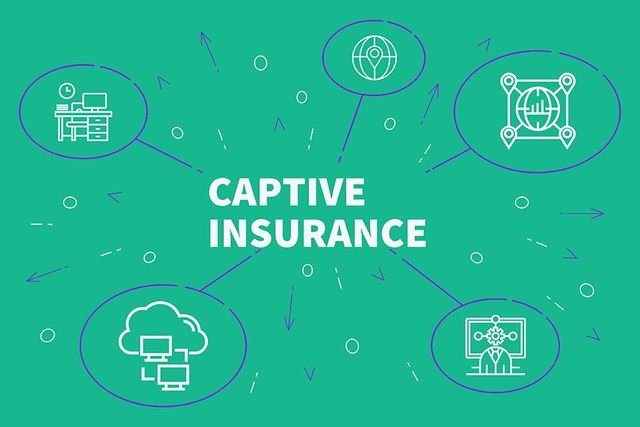Some Known Details About Pacific Prime
Wiki Article
What Does Pacific Prime Mean?
Table of Contents9 Simple Techniques For Pacific PrimeSee This Report on Pacific PrimePacific Prime Things To Know Before You Get ThisWhat Does Pacific Prime Do?The Single Strategy To Use For Pacific Prime
:max_bytes(150000):strip_icc()/terms_i_insurance_FINAL_-3556393b3bbf483e9bc8ad9b707641e4.jpg)
This is since the information were accumulated for a period of solid financial performance. Of the approximated 42 million people that were without insurance, all however concerning 420,000 (about 1 percent) were under 65 years old, the age at which most Americans come to be eligible for Medicare; 32 million were adults in between ages 18 and 65, around 19 percent of all adults in this age; and 10 million were children under 18 years old, regarding 13.9 percent of all youngsters (Mills, 2000).
These estimates of the variety of individuals without insurance are produced from the yearly March Supplement to the Current Population Study (CPS), performed by the Demographics Bureau. Unless otherwise noted, national quotes of individuals without medical insurance and percentages of the population with different type of coverage are based on the CPS, the most extensively utilized source of price quotes of insurance coverage and uninsurance prices.
The Basic Principles Of Pacific Prime

Still, the CPS is especially useful due to the fact that it creates annual estimates reasonably promptly, reporting the previous year's insurance policy coverage estimates each September, and due to the fact that it is the basis for a constant set of estimates for greater than twenty years, enabling analysis of fads in insurance coverage gradually. For these reasons, along with the extensive use the CPS in various other research studies of insurance protection that are offered in this report, we depend on CPS estimates, with restrictions kept in mind.

The estimate of the variety of uninsured individuals expands when a populace's insurance standing is tracked for several years. Over a three-year duration beginning early in 1993, 72 million individuals, 29 percent of the united state population, were without insurance coverage for a minimum of one month. Within a single year (1994 ), 53 million people experienced at the very least a month without insurance coverage (Bennefield, 1998a)
6 out of every ten uninsured grownups are themselves utilized. Working does enhance the likelihood that one and one's family members will have insurance coverage, it is not a guarantee. Also members of family members with two permanent wage earners have virtually a one-in-ten possibility of being uninsured (9.1 percent uninsured rate) (Hoffman and Pohl, 2000).
The Pacific Prime Statements
New immigrants represent a substantial proportion of individuals without health and wellness insurance coverage. One evaluation has associated a substantial section of the recent growth in the size of the U.S. without insurance populace to immigrants that got here in the country between 1994 and 1998 (Camarota and Edwards, 2000). Recent immigrants (those who involved the United States within the past 4 years) do have a high rate of being uninsured (46 percent), however they and their youngsters make up simply 6 percent of those without insurance nationally (Holahan et al., 2001).The relationship between medical insurance and accessibility to care is well established, as recorded later on in this phase. The partnership in between wellness insurance policy and wellness results is neither direct neither straightforward, an extensive scientific and wellness services research study literary works links health insurance policy protection to improved accessibility to care, much better quality, click here to find out more and improved individual and population wellness condition.
Levels of evaluation for checking out the impacts of uninsurance. This discussion of medical insurance coverage focuses largely on the united state population under age 65 because essentially all Americans 65 and older have Medicare or other public coverage. In addition, it focuses especially on those with no medical insurance for any size of time.
Examine This Report on Pacific Prime
The issues dealt with by the underinsured remain in some aspects similar to those dealt with by the without insurance, although they are usually much less extreme. maternity insurance for expats. Uninsurance and underinsurance, nevertheless, include noticeably different policy problems, and the techniques for addressing them may vary. Throughout this research and the 5 records to comply with, the primary focus gets on individuals without any medical insurance and therefore no support in paying for healthcare past what is offered through charity and safety internet establishments
Medical insurance is a powerful variable impacting receipt of treatment due to the fact that both individuals and doctors respond to the out-of-pocket rate of solutions - https://visual.ly/users/pacificpr1me/portfolio. Medical insurance, however, is neither required nor sufficient to acquire accessibility to clinical solutions. The independent and direct effect of wellness insurance policy coverage on access to health services is well developed.
Others will certainly acquire the health and wellness care they require even without medical insurance, by spending for it expense or seeking it from service providers who offer treatment complimentary or at highly subsidized prices. For still others, health insurance policy alone does not make sure receipt of care due to other nonfinancial obstacles, such as a lack of healthcare companies in their community, restricted accessibility to transportation, illiteracy, or linguistic and social distinctions.
The Best Guide To Pacific Prime
Formal research regarding without insurance populaces in the USA dates to the late 1920s and very early 1930s when the Board on the Price of Treatment produced a series of reports about financing doctor office brows through and hospitalizations. This issue became salient as the numbers of medically indigent climbed during the Great Anxiety.Report this wiki page